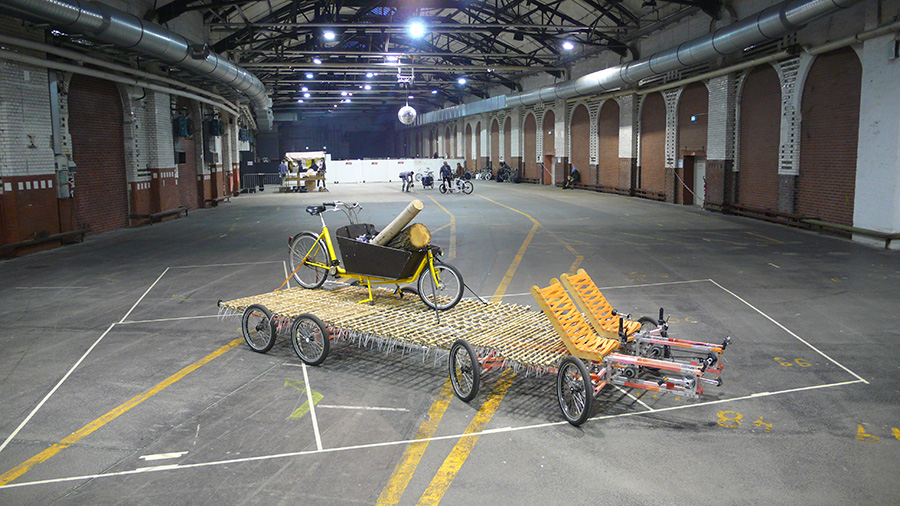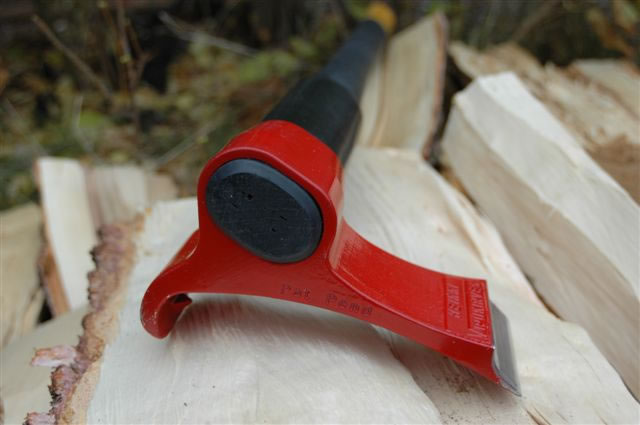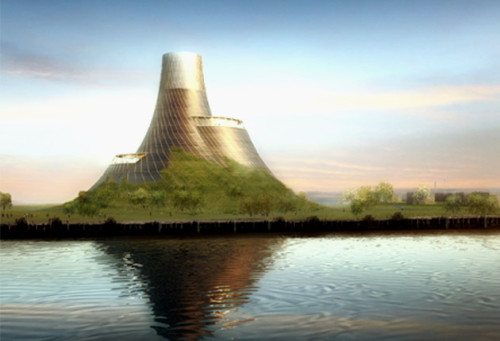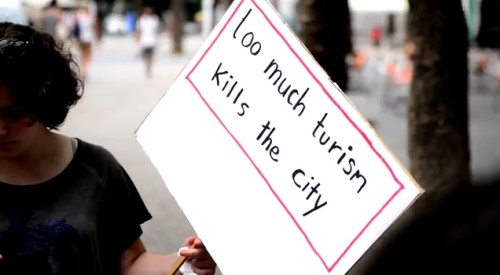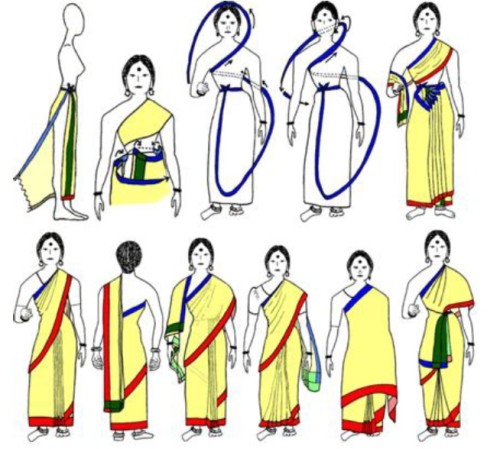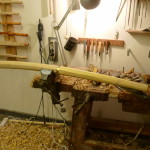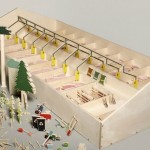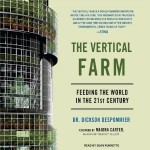In every household we find tools, appliances and other stuff that are used only occasionally. If these things could be shared among neighbours, we need to buy much less. One way to achieve this is by setting up a hardware library, another way is to design an ‘app’ and use the internet to organize sharing among neighbours.
 The Swiss project PumpiPumpe presents a low-tech solution that is even easier to apply. They made a collection of small stickers depicting all kinds of consumer goods. Every occupant of a building can paste the stickers on his or her mailbox, showing the neighbours which things can be borrowed from them. Apart from the ecological advantages, the project also stimulates social contact between neighbours.
The Swiss project PumpiPumpe presents a low-tech solution that is even easier to apply. They made a collection of small stickers depicting all kinds of consumer goods. Every occupant of a building can paste the stickers on his or her mailbox, showing the neighbours which things can be borrowed from them. Apart from the ecological advantages, the project also stimulates social contact between neighbours.
More at PumpiPumpe. Their website is in French, German and Italian only. The stickers can be obtained for free if you live in Switzerland. If you live in another country, you only pay for the shipping (4 euro). Thanks to Christopher Santerre.

